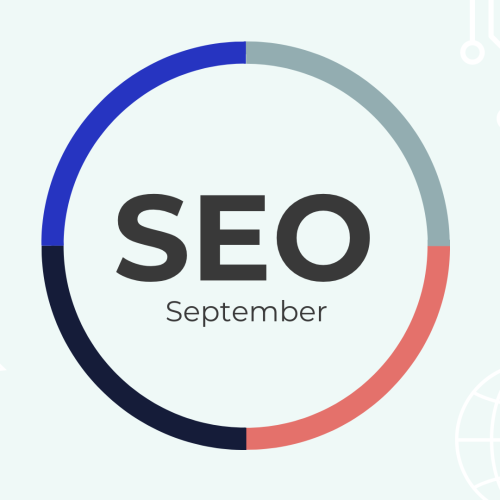AI is evolving rapidly, and many companies are working on how to get the most out of the technology. But where is the most important place to start in order to take advantage of AI’s endless possibilities? The answer is a clear strategy for first-party data and a strong data platform.
Over the past six months, ChatGPT, Bard and other chatbots have received a lot of media attention. And with good reason – technology has taken a quantum leap in a very short time. AI, or artificial intelligence, is not a new phenomenon, and at IIH Nordic, AI and machine learning have been part of our work for many years. The big news on the AI scene is the rapid development of generative AI, i.e. artificial intelligence that uses algorithms to create new content.
Generative AI has become a hot topic in many companies’ boardrooms, both because of the technology’s enormous potential, but also because of the threats that can come with it. Very few companies have managed to crack the code on how to best utilize generative AI and how to create revenue by leveraging AI and unstructured data together.
A strong data platform is key to success with generative AI
Generative AI has had an impact on business in record time, and the technology can empower companies in two ways in particular: it’s a tool that can streamline processes and optimize everyday life, and it’s a new opportunity to use unstructured data to drive revenue and develop new products.
In order to use unstructured data for business development, you need to understand first-party data and your data platform. This is supported by a report from the consulting firm McKinsey, which describes what CEOs should be aware of when using generative AI.
Among other things, the report points out that it is important to design a scalable data architecture that includes data governance and security procedures. If you haven’t found ways to effectively harmonize data, you won’t be able to take advantage of the many applications that generative AI offers. So, using AI to drive revenue is possible, but it requires first-party data to be taken care of.
Take ownership of the data model
Simply put, generative AI consists of 3 elements in the following order: Gather relevant data, input correct prompt, generate content:
When using 3rd party services such as ChatGPT, you send your data to OpenAI. There are GDPR considerations, as OpenAI also uses your data to train the model that generates content for others.
So how do you best manage your first-party data and leverage generative AI and unstructured data together? The key is to build a strong data platform that takes ownership of the data model. It’s not enough to simply implement a standard CDP, you need to build your own, e.g. in a standard CDP. Google Cloud.
Companies that choose to build their own data platform will be ahead in the race to succeed with generative AI. And at the current speed of the AI train, you need to get started right away if you want to generate revenue with the technology.
Managing first-party data requires expertise
At IIH Nordic, we know how to use unstructured data to create results that can be seen in revenue. Our experience in managing first-party data and building data platforms gives our customers the edge that is essential in a changing environment.
We see great potential in building on AI’s functionality, and we have worked with AI for customers who have built on search and chatbots, among other things. The real value comes when you start working with your own data from analytics and the cloud so that AI can be interfaced with your own data.
If you need advice on how to manage your data, our specialists are ready to help you get your data foundation in order. Contact us here to learn more.







